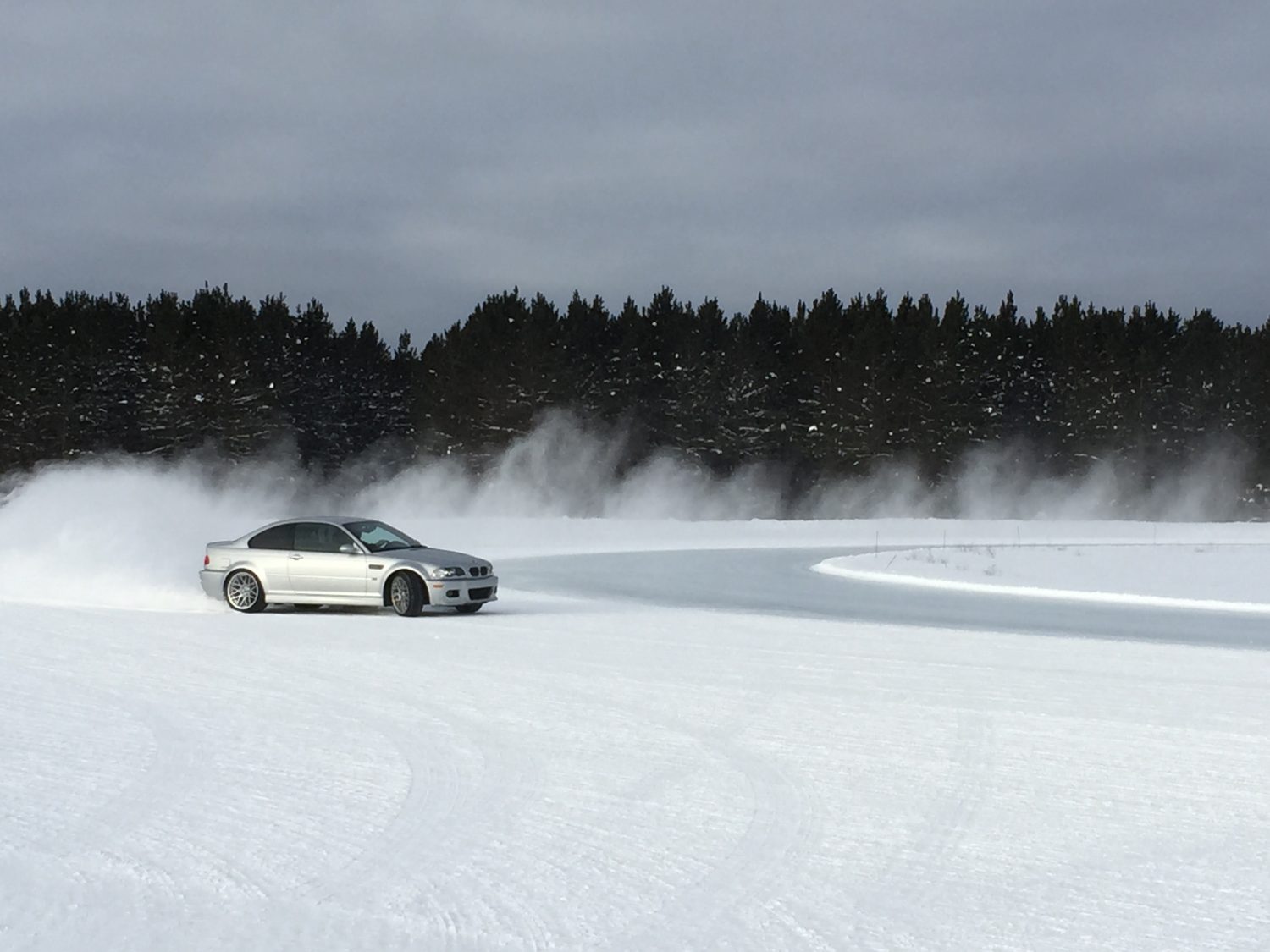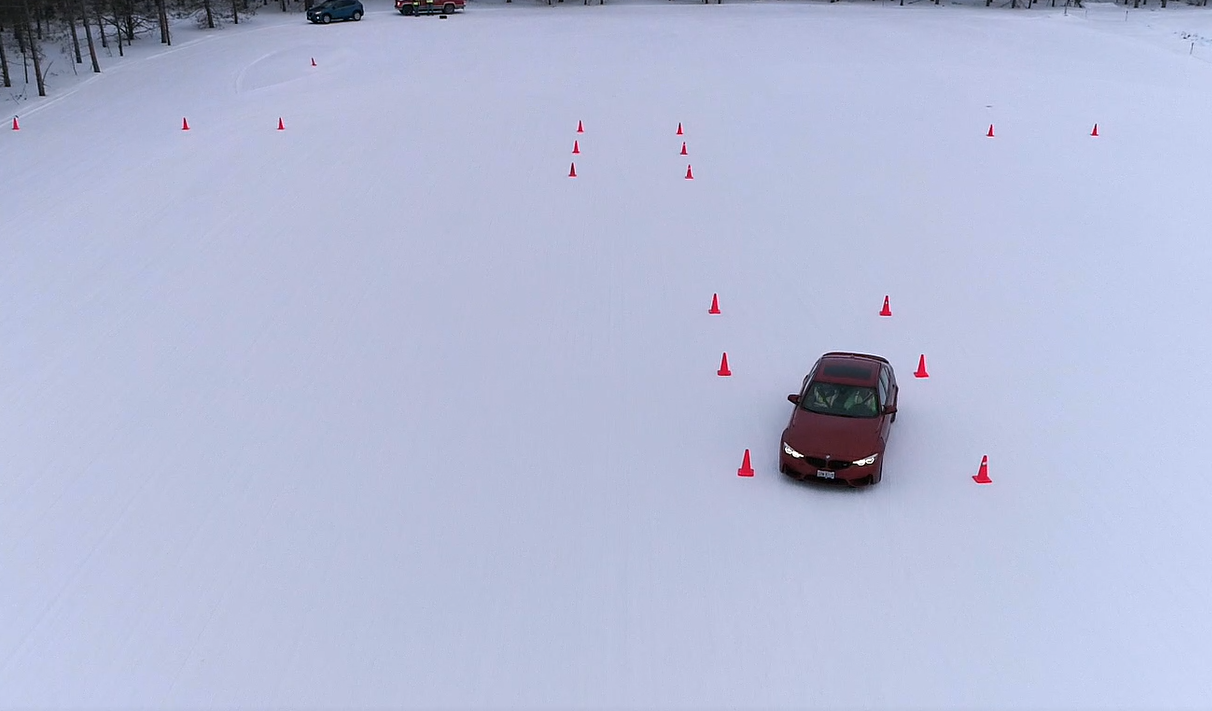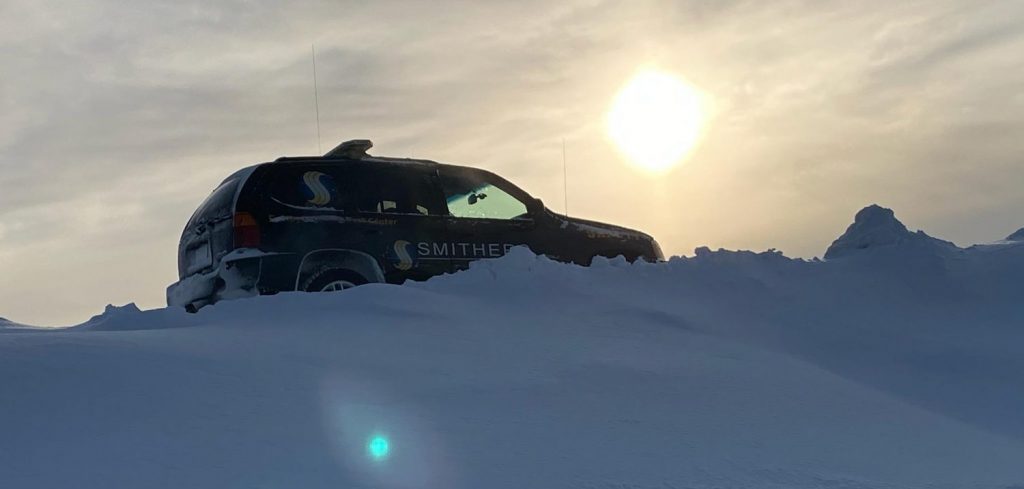This article is the first in a two-part series on two testing standards that can improve the data gathering and evaluation process for tire performance testing in winter conditions
When conducting on-vehicle performance testing for tires, it is crucial to be mindful of the many factors that can impact tire performance and test results. This is especially true for testing in winter conditions. Outdoor winter tracks are subject to changes in weather conditions that can alter test surfaces in the hours, days and weeks over which a test program is conducted. For the best possible results, efforts must be made to ensure consistency by controlling as many variables as possible and recording objective and subjective information that may impact testing data.
ASTM F1572 is a standardized testing method for evaluating tire performance on snow and ice surfaces. It was developed by ASTM International’s F09 Committee on Tires. This standard is appropriate for research and development with the goal being to evaluate for the relative performance of tires. It is not acceptable for vehicle performance evaluation or regulatory testing. The test standard provides reference tools including specific defined terminology, a course characteristic table, and sample course features that help standardize snow and ice testing.
F1572 details a specific test course with defined ranges of environmental conditions to minimize test variation. The standard specifies what data to measure, such as time, speed and distance. It also covers the appropriate test equipment for each test, such as a fifth wheel, non-contact optical sensor, accelerometer, or GPS.
 ASTM F1572 gives guidelines for six different winter tests:
ASTM F1572 gives guidelines for six different winter tests:
- Road circuit handling: The road circuit handling test is designed to predict road performance in winter conditions. The course includes hills, curves, uphill acceleration, downhill braking, and at least one high-speed section. Data from road circuit handling tests should include lap times, description of loss of control, calculated ratings comparing elapsed time of test tire laps to control tire laps, analysis of hill and curve data to relate traction loss and controllability, and max longitudinal and lateral g capability for each tire.
- Winter hill climb: This test is conducted to evaluate driving traction. The test must be conducted at least four times for each set of test tires to determine the fastest time to complete the run and the maximum grade attained. Data from winter hill climb tests should include the maximum grade attained (averaged of all runs), time to stall or completion, description of control loss, average climbing rating performance, and elapsed time ratings.
- Winter slalom: The winter slalom test is designed to evaluate lateral tire performance by maneuvering the vehicle between a series of cones in an alternating pattern. The goal of the test procedure is to determine the highest constant velocity at which the course can be completed without control loss. Data from winter slalom includes elapsed time for each attempted speed, maximum lateral acceleration, descriptions of control loss, calculated elapsed times ratings, calculated peak lateral traction ratings, and subjective comments.
- Straight-line acceleration and braking: These two tests measure discrete straight-line characteristics. The goal is to measure elapsed time and distance with minimal tire slip. Stopping distance is from a steady state vehicle condition. ASTM F1572 provides more details, including equations for correcting braking distance measurements based on actual initial velocity.
- Step steer: The goal of the step steer test is to provide discrete maximum lateral traction features and subjective analysis of tire vehicle response by performing a series of steering and turning maneuvers at appropriate speed. Lateral acceleration is constantly recorded throughout the test. This data is analyzed for peak and average lateral acceleration per run. Additionally, subjective evaluation is performed for oversteer, understeer, steering response, and recovery.
Observations about subjective conditions and test variables should be recorded throughout the test to allow for detailed capture of factors that may impact results. Some of the factors that should be observed include surface, environmental, test tire, and test vehicle conditions.
ASTM F1572 includes a table that provides an allowable range of traction coefficient (µ) ranges for standard reference test tires (SRTT) based on specific environmental conditions. Minimizing the range of µ during a test sequence can lead to tighter data. These conditions include air temperature, snow surface temperature, snow characteristics and snow compaction. Part of snow characterization that is referenced in the tables can be measured with a penetrometer snow compaction gauge, which is built and calibrated by Smithers.
The condition of the test surface has a huge impact on testing data, which is why consistent grooming practices are crucial, especially on a winter track. At the Smithers Winter Test Center, surface grooming is a continuous practice that occurs 24 hours per day and is conducted by a highly experienced team to ensure maximum compliance and consistency. However, winter tracks are also subject to frequent weather changes that can affect test surfaces throughout the duration of a test program. It is imperative to combine consistent and repeatable grooming practices with comprehensive control tire and environmental condition monitoring to ensure that good data is collected. On ice surfaces, it is recommended to take note of whether the ice is burnished. On snow surfaces, beyond dynamic changes from precipitation and temperature, shear and compaction strengths, the age and consistency of the snow can impact test results. When a snow surface is repeatedly worked over, it can lead to physical breakdown of snowflakes into a hard, crystallized surface, which differs greatly from fresh snow. There is also a significant difference between types of fresh snow, such as dry powder snow or large, wet flakes.
Test results can be impacted by the individual test vehicle itself as well. Vehicle dynamics can and will influence the way the tire performs on each test run. The condition of the vehicle’s systems, such as the brakes and suspension, plays a role in how the vehicle maneuvers through the test courses, as does the state of the wheel and tire fitments.

Part two will discuss how ASTM F1650 can be used to correct for variations in testing data in a snow and ice testing environment.
Eric Pierce joined Smithers in 2016 and specializes in supporting engineering projects related to winter testing of tires and vehicles. He has specific expertise in winter traction testing for passenger, light truck and truck tires. He previously worked as a lab manager for the Center for Tire Research at Virginia Tech. Pierce is a committee member and sub chairman for the ASTM International Technical Committee F09 on Tires, the Tire Performance Session Chair for Tire Society, and a member of the Industry Advisory Board for the Center for Tire Research. He earned a bachelor’s in mechanical engineering from Virginia Polytechnic Institute and State University. He also served the US Navy, specializing in advanced electronics.



